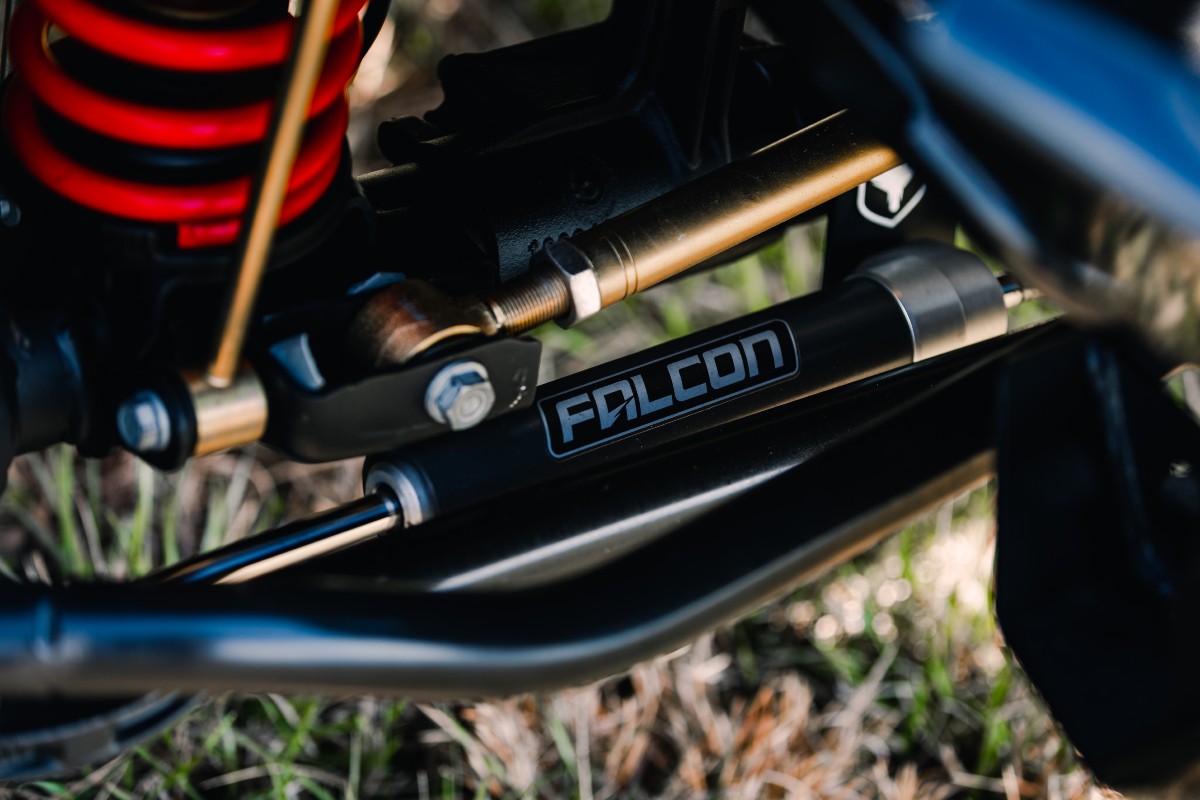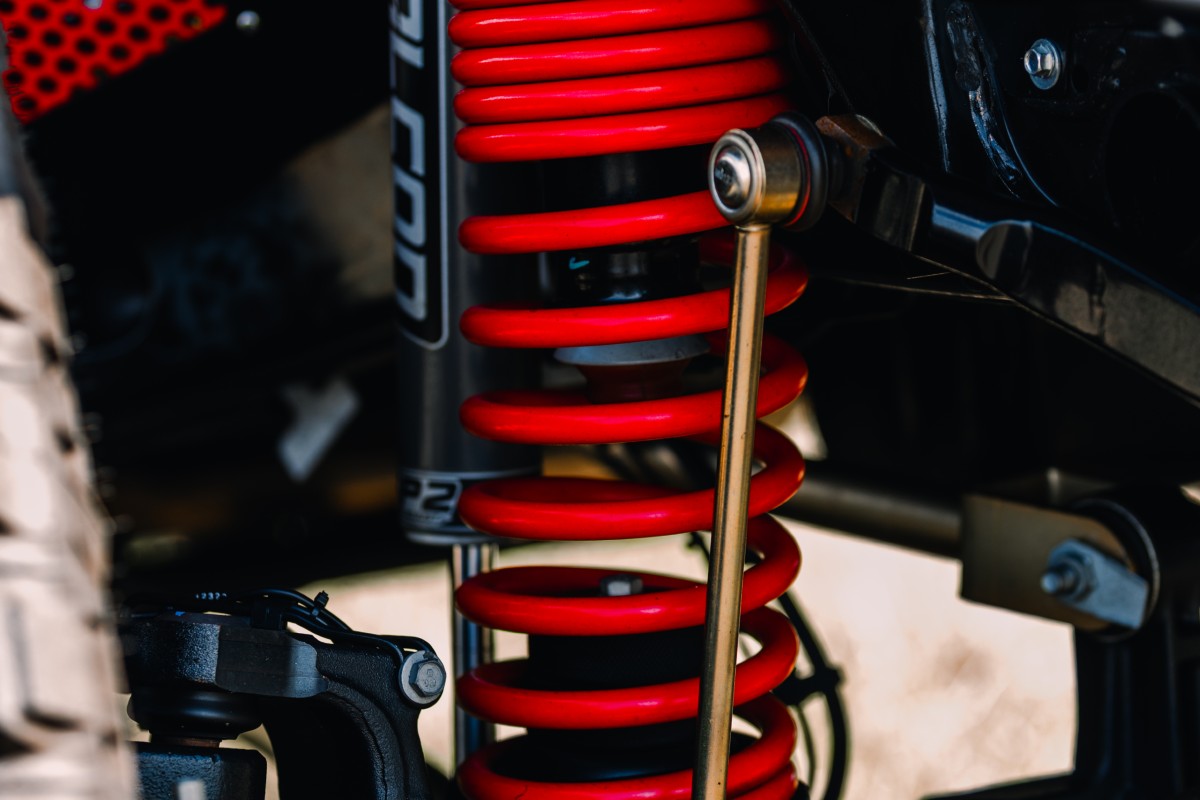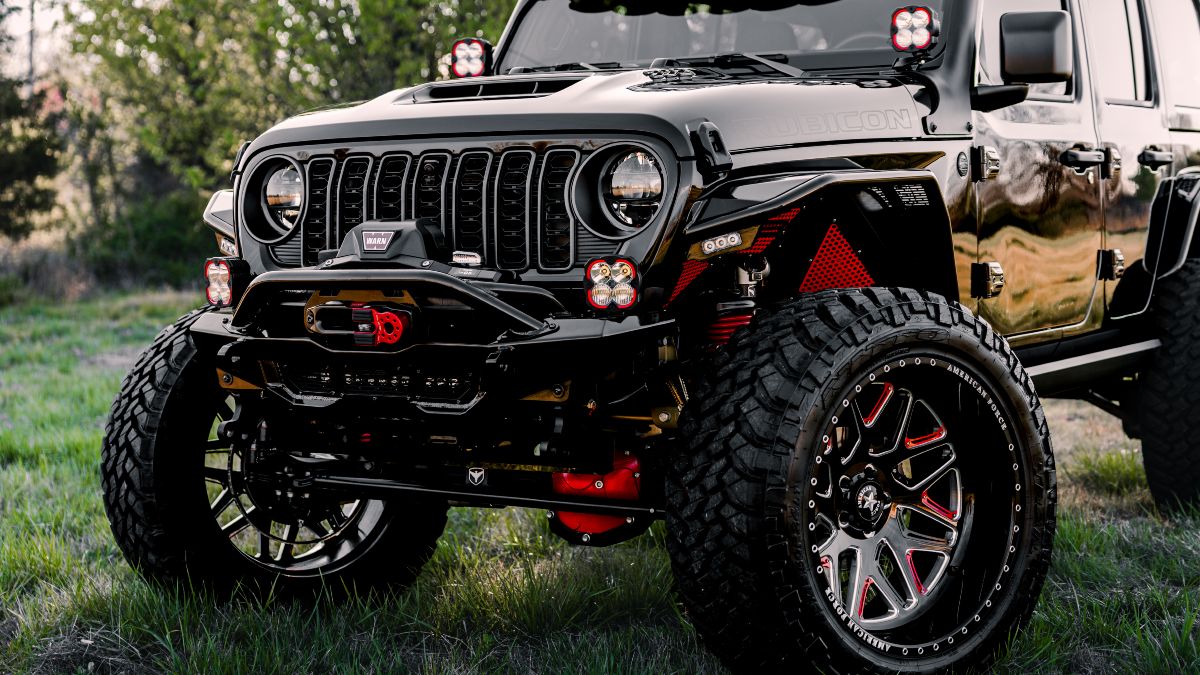When it comes to elevating your Jeep — figuratively and literally — the suspension system you choose is what sets the tone for how your rig is going to perform both on and off the road. While there are many options to choose from, today we’re going to look at two popular choices: coil-over systems and traditional lift kits. Both styles enhance your ground clearance and overall aesthetic, but how do they affect the ride quality of your Jeep? If you’re looking for a smoother, more controlled experience, which one should you choose? That’s what we’re here to break down today, so keep reading to learn more about both types.
What’s the Difference?
So, if both systems were designed to lift your vehicle a bit, what exactly is the difference between them? That’s a great place to start, so let’s first look at the traditional lift kits with which you might be most familiar. These kits usually include taller springs and extended shocks, and might sometimes be paired with spacers or control arms. They’re often the more budget-friendly option when compared to other choices as well as being more straightforward, which makes them the ideal preference for entry-level enthusiasts.
Coil-Over Systems, on the other hand, combine the coil spring and shock absorber into a single adjustable unit. These kits are focused on performance, which is why they include remote reservoirs, variable damping and customization options that cater to aggressive off-roading and precision tuning. In other words, traditional lift kits will give you all the tools to have a solid and reliable off-roading experience, but a coil-over system will take things a step further and enhance your experience even further.

Ride Quality: Streets & Highways
While you’re likely upgrading your suspension system with the intent to take it off-roading, you’re still most likely going to be driving it on some roads here and there. So, it’s important to understand its ride quality on streets and highways as well, so let’s start there.
For your traditional lift kit, your ride quality is going to depend heavily on the components used. A basic spring-and-spacer kit can feel stiff or bouncy, for example, especially if the shocks aren’t matched to the spring rate. You’re likely going to experience more road noise and vibration through the chassis, which you might not want to deal with on long trips.
Driving your lifted Jeep with a coil-over system on the roads is noticeably smoother right away. Thanks to the adjustable damping and spring rates, you’re able to dial in ride stiffness so that highway driving feels much more refined. A coil-over system will help maintain a better ride quality even with oversized off-road tires, so if you plan to do a lot of on-road driving in your lifted Jeep, you might consider upgrading to a coil-over system.

Ride Quality: Off-Road Trails
Now for the stuff you really want to know about — how does each kit affect the ride quality while off-roading? A traditional lift kit offers plenty of capability on mild trails, but it can be limited in articulation and damping control. This can make high speeds and rougher terrain feel more unpredictable or jarring.
But coil-over systems, once again, shine. You’ll get better articulation, rebound control, shock absorption and more. When paired with other upgraded components – such as long-arm kits or reinforced bumps stops – these benefits are even more evident.
In other words, coil-over systems offer superior ride quality both on and off the road. If you’re looking to tackle trickier trails and do your daily driving behind the wheel of your lifted Jeep, then a coil-over system is the clear answer. But if you’re a beginner and don’t plan to upgrade to more difficult trails any time soon, a traditional lift kit can be just as viable if you pair it with other upgrades like matched shocks and improved geometry.
If you have any questions about either of these suspension system upgrades, or any of the other options out there, don’t hesitate to get in touch with us right here at LiftedJeeps.com. We look forward to hearing from you!


